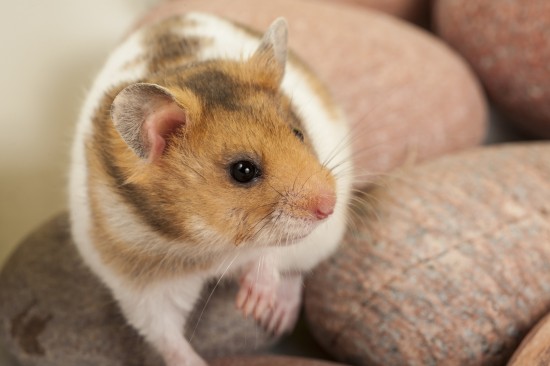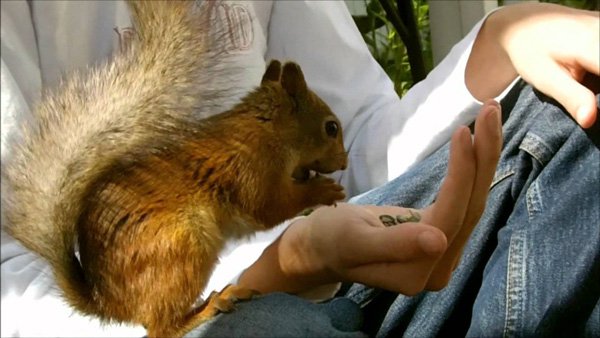Those who need the cages painted should color it by powder coating instead of painting it the conventional way. No sharp items should have a place inside
bird cages, as birds are vulnerable to getting hurt by sharp things easily. Cages can be made of various materials like wood, plastic, bamboo, wire, stainless steel, or wrought iron. All these materials lend themselves to being turned into beautiful
parrot cages of excellent craftsmanship.
As looks go, cages made of wood, bamboo, and plastic will make as beautiful
bird cages as metal ones, but they may not be a good long term investment. Parrots are nibblers par excellence and they love to exercise their beaks on everything that surrounds them even if it is their own cages. In other words, their homes might become fodder for the parrot itself, if
parrot cages are made of things that they can peck at, and the cage might start disintegrating soon.
So, those bird owners who need
parrot cages as a long-term investment are recommended to go in for stainless steel
bird cages. Brass is also a suitable material for cages, and so is wrought iron. Lead and zinc are two things that have to be avoided in cages, since both these are harmful to birds. Certain types of galvanized wire could contain zinc and these should be avoided in cages. Zinc is sometimes a possibility in the door hinges of a cage as well, and that too should be checked.
Painted
parrot cages would definitely look pretty but paint may peel off and eating it could be detrimental to the parrot inside. However, if
bird cages are painted by powder coating with dry paint, it may not do much damage. Since the powder coating system makes the solvent of the conventional paint redundant, and bonds the paint chemically to the metal, there is no risk of the paint peeling off.
While horizontal bars are generally recommended for all
bird cages, it is a must for
parrot cages because parrots climb through horizontal bars, using them like steps. The spacing between the cage bars should not be more than half an inch except in the case of birds, which are very large. With smaller parrots, if the cage bars have a gap of more than half an inch, it may be big enough for the bird to poke its head or feet out and get stuck in between.
Cages should not have any sharp items, which could impale or injure the bird within. To that extent, even decorative works with loops, holes, or sharp edges have to be avoided in the doors and roofs of cages to prevent the caged bird's body parts getting caught in between, or getting injured by sharp edges. Main doors of cages should be big enough to facilitate easy cleaning. But there should be smaller openings in the
bird cages for placing and removing the bird抯 water bowl and food bowl. With the right type of
parrot cages, owning a parrot would become a most enjoyable experience.

 Dogs And Territorial Behaviour
Dogs And Territor
Dogs And Territorial Behaviour
Dogs And Territor
 Tips On How To Find A Lost Hamster
Tips On How To Fi
Tips On How To Find A Lost Hamster
Tips On How To Fi
 Dogs And House Soiling
Dogs And House So
Dogs And House Soiling
Dogs And House So
 Longhaired Cat Breeds - Ten Of The Most Popular
Longhaired Cat Br
Longhaired Cat Breeds - Ten Of The Most Popular
Longhaired Cat Br
 Few Advantages Of Equine Ulcer Supplements Available Online
Few Advantages Of Equine Ulcer Supplements Available Onlin
Few Advantages Of Equine Ulcer Supplements Available Online
Few Advantages Of Equine Ulcer Supplements Available Onlin